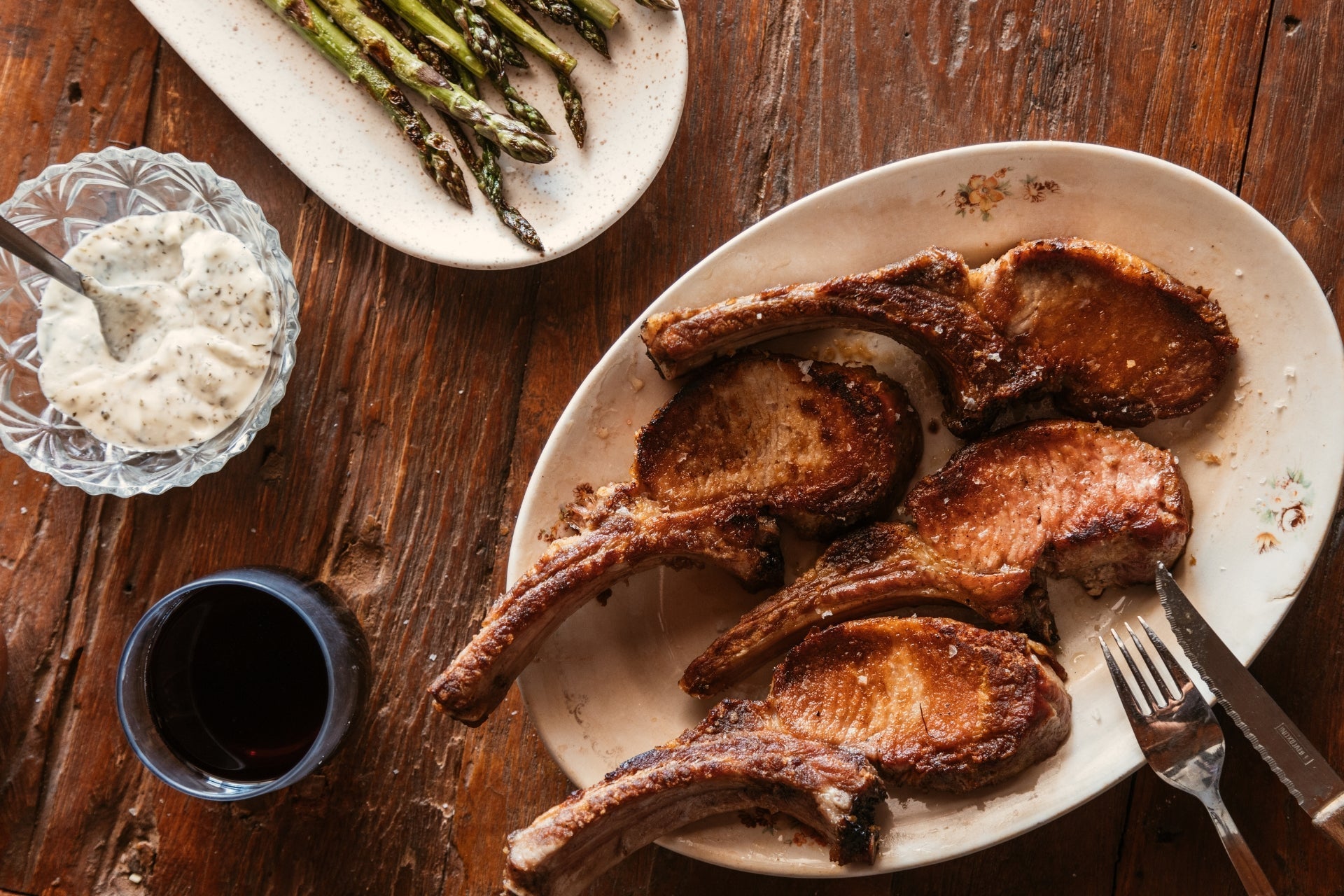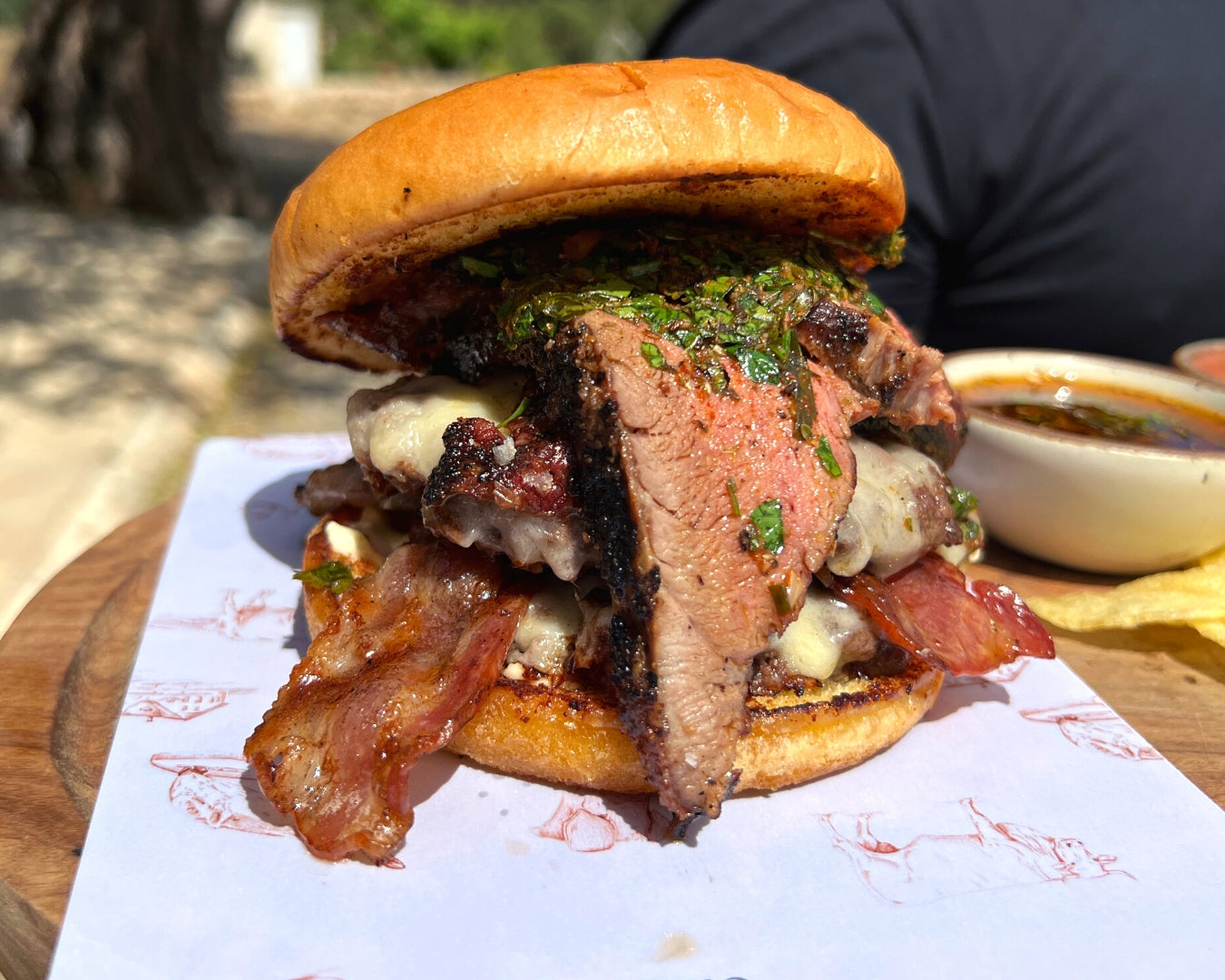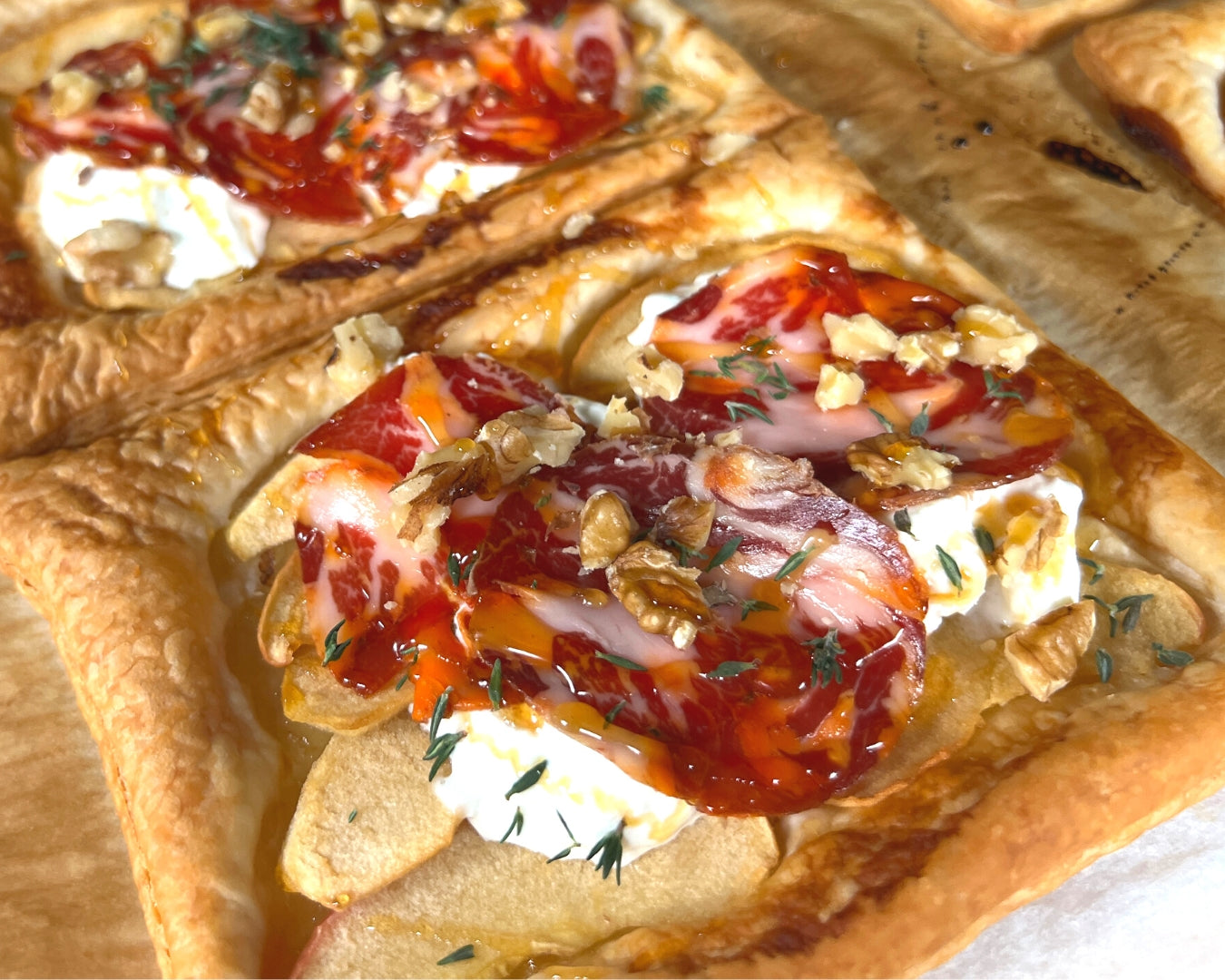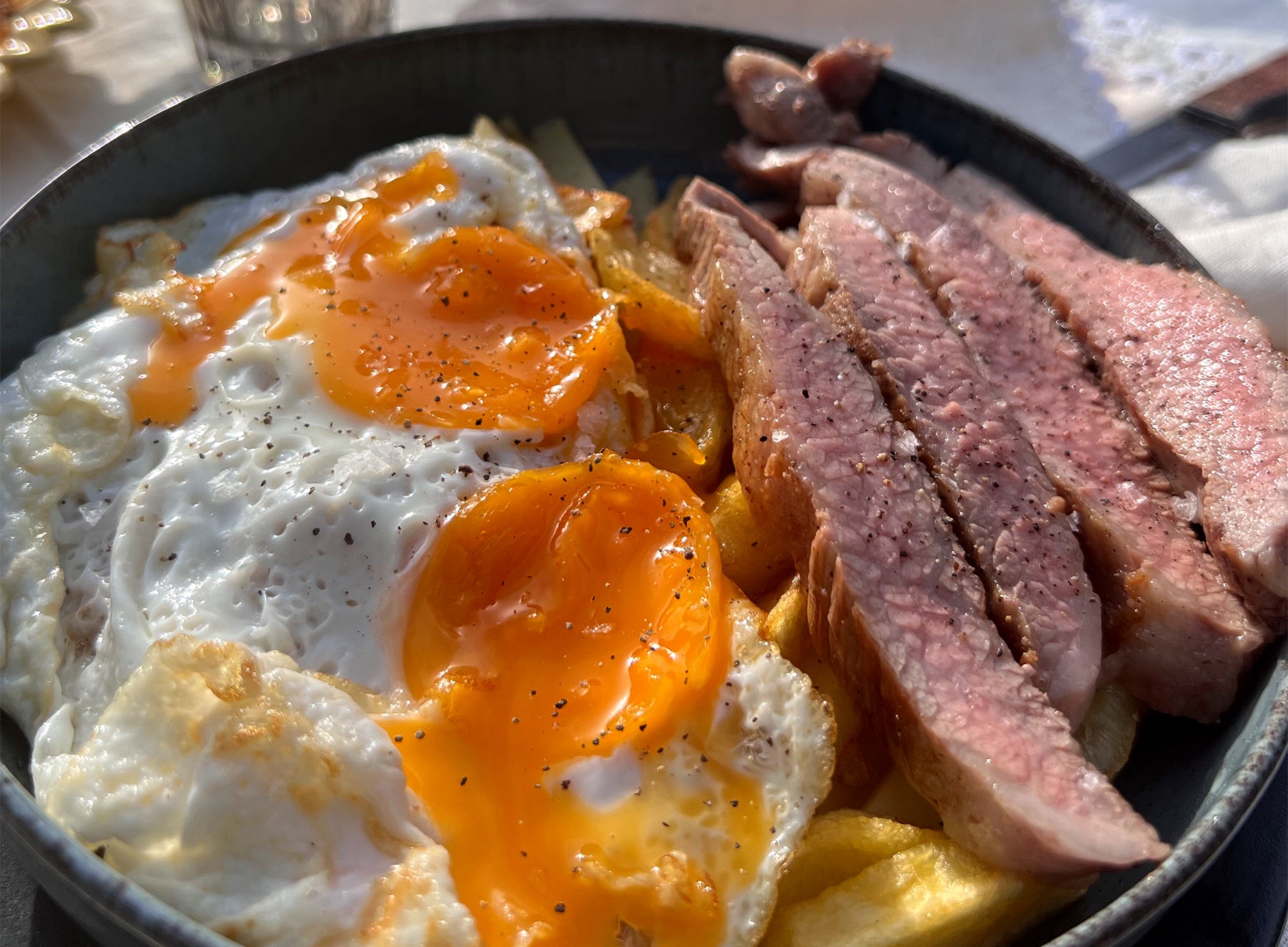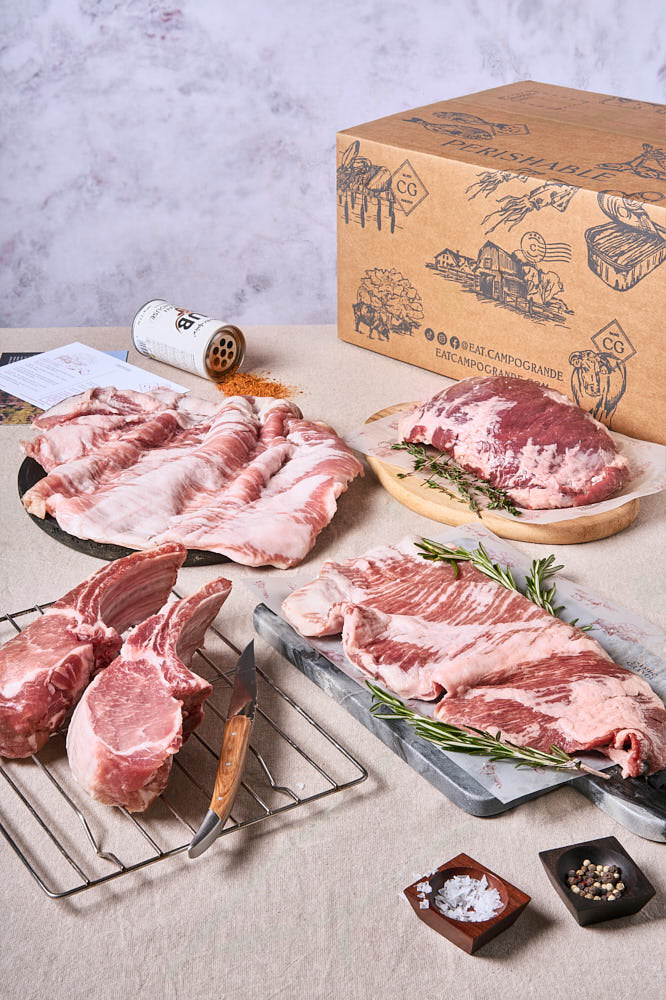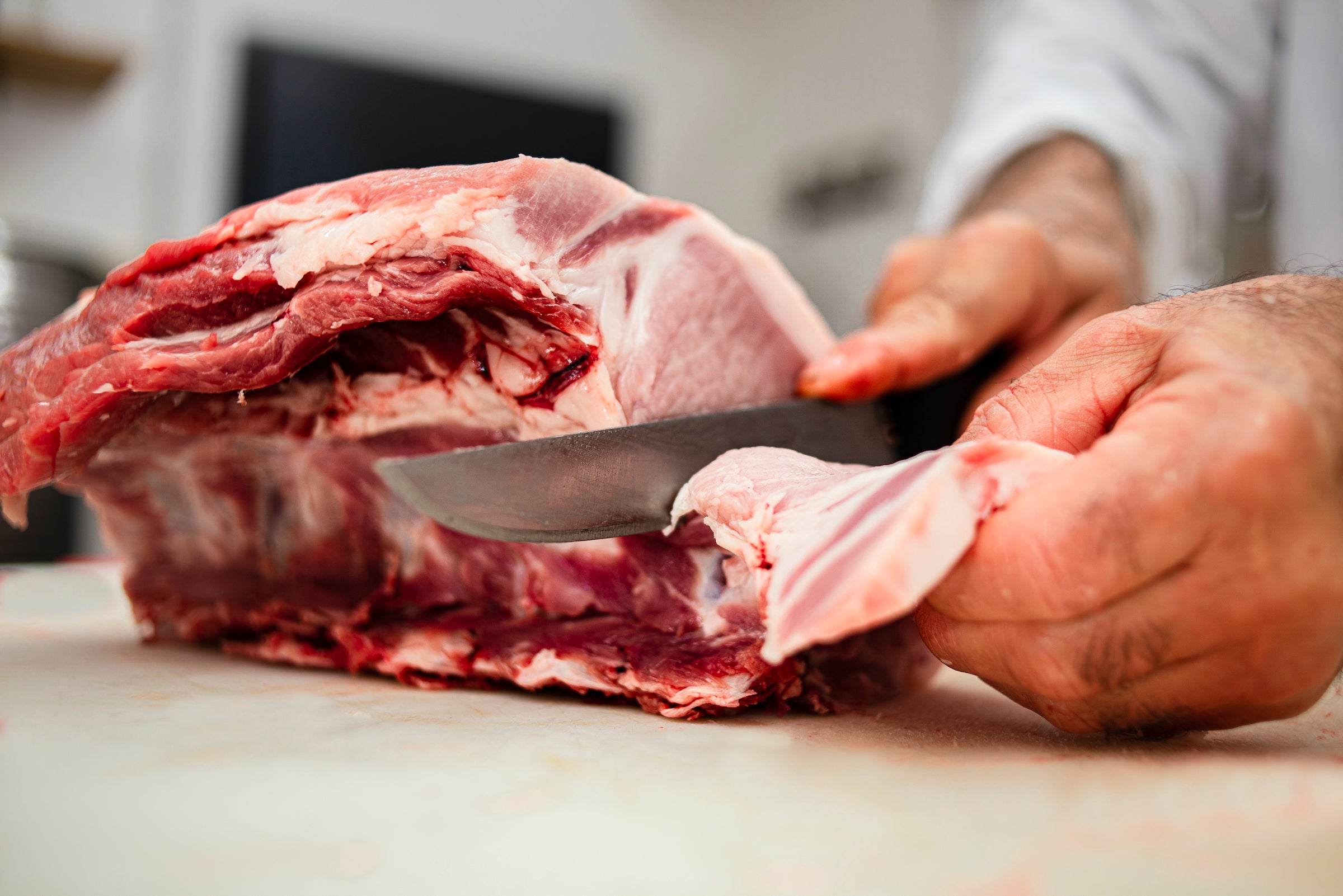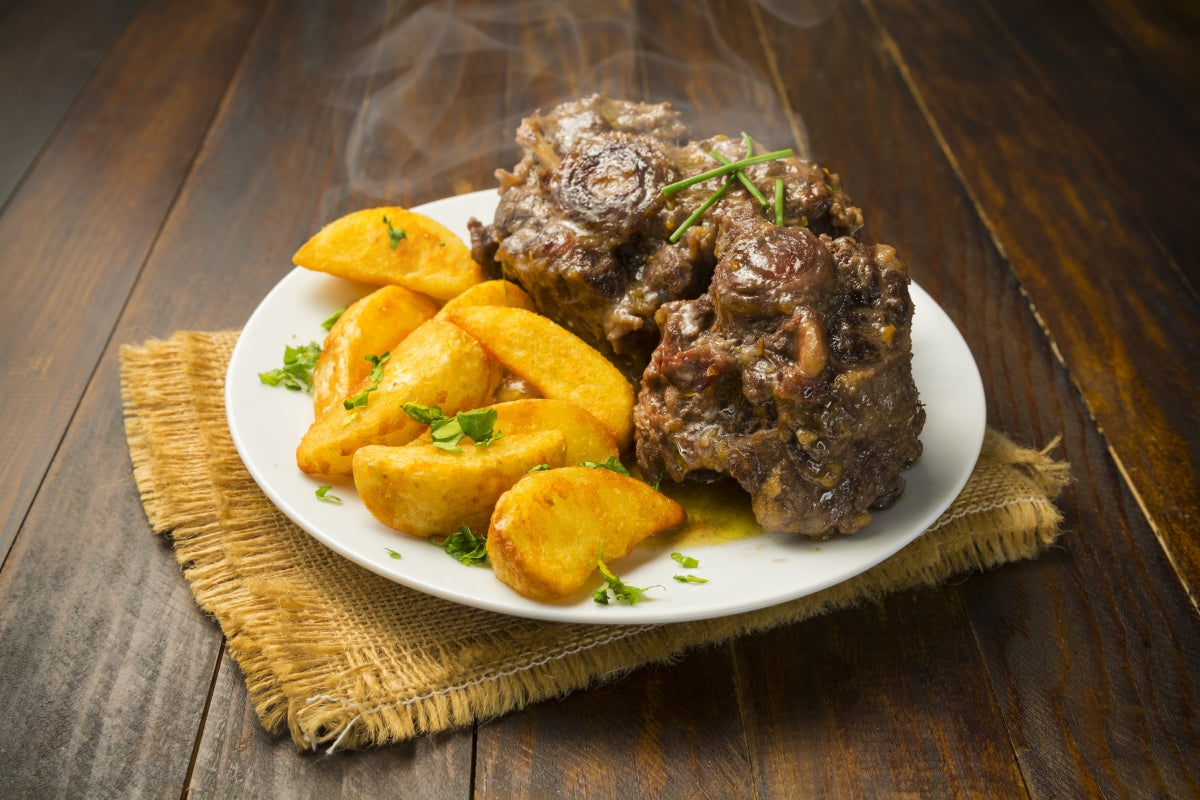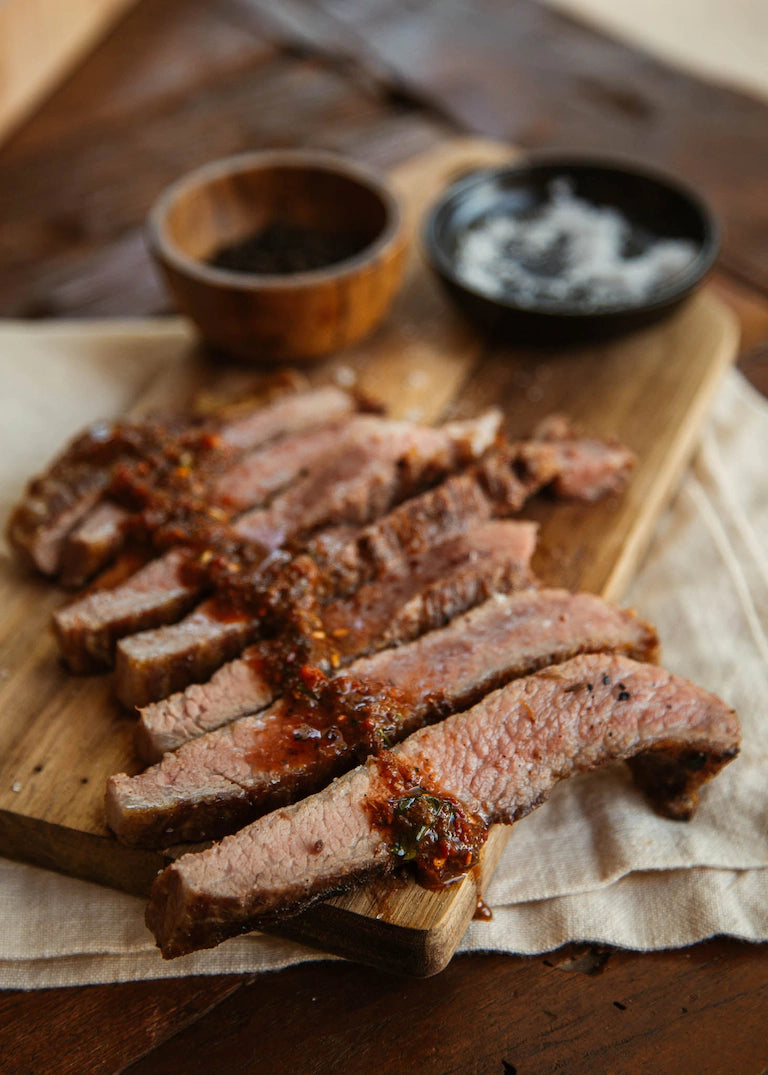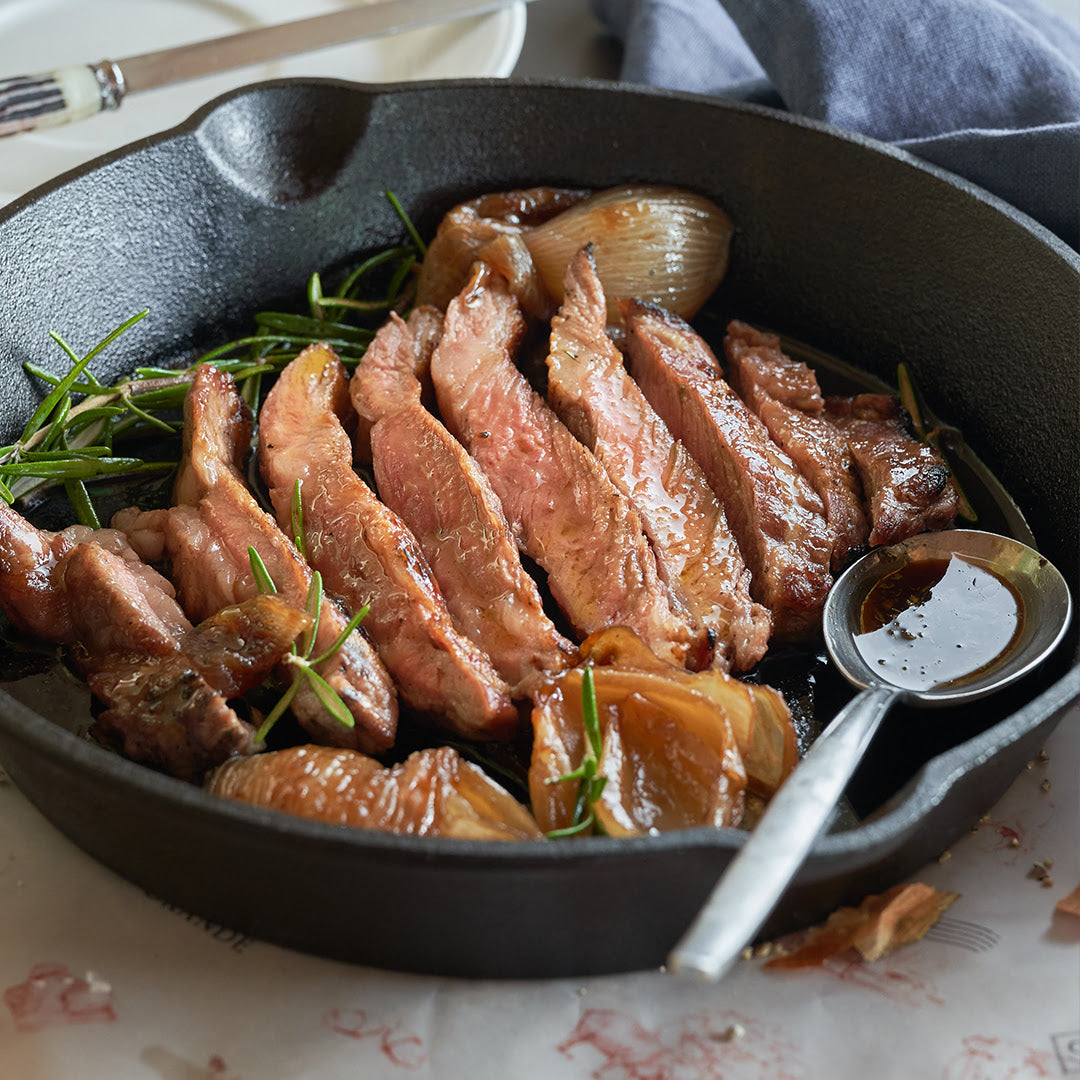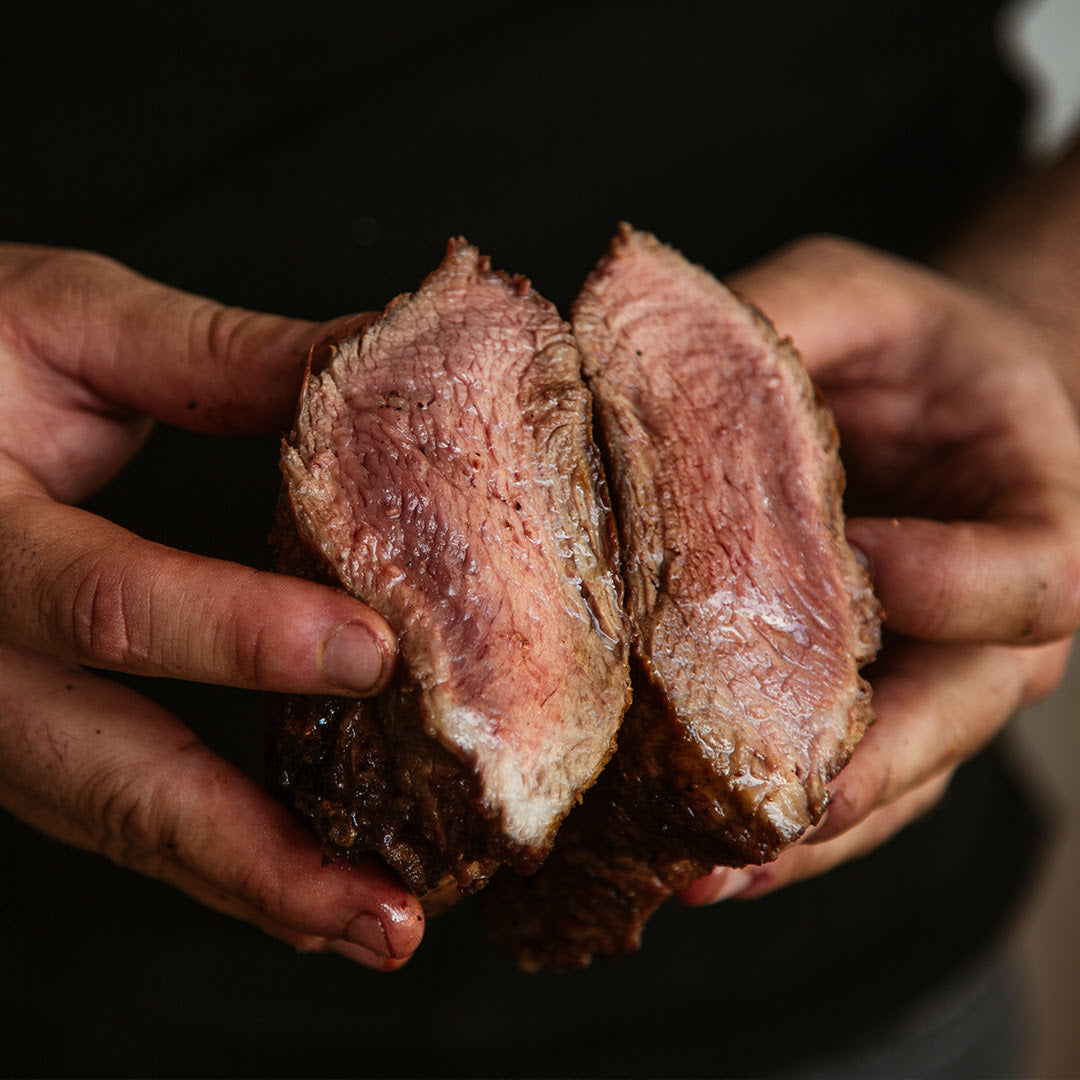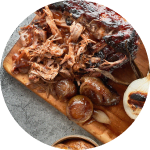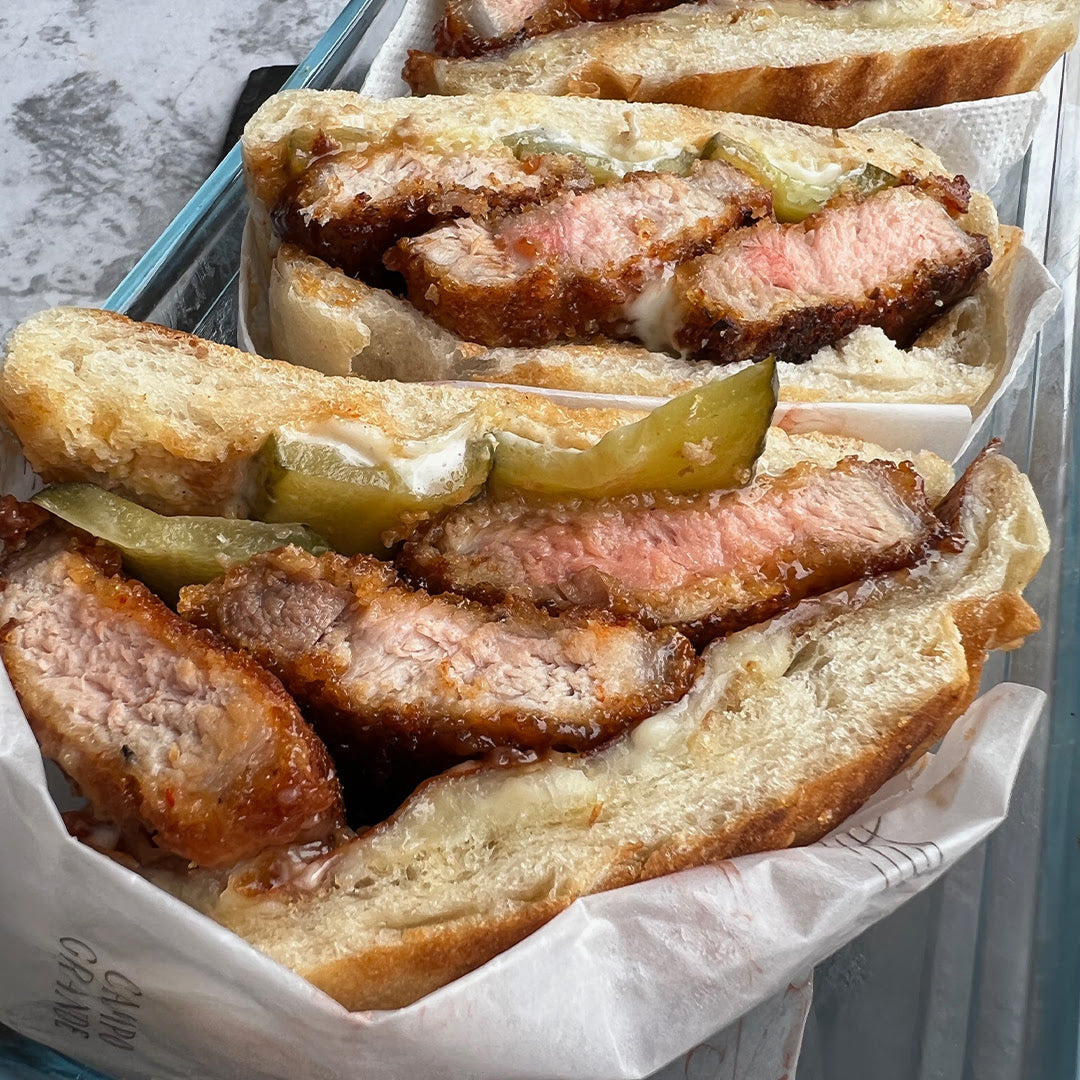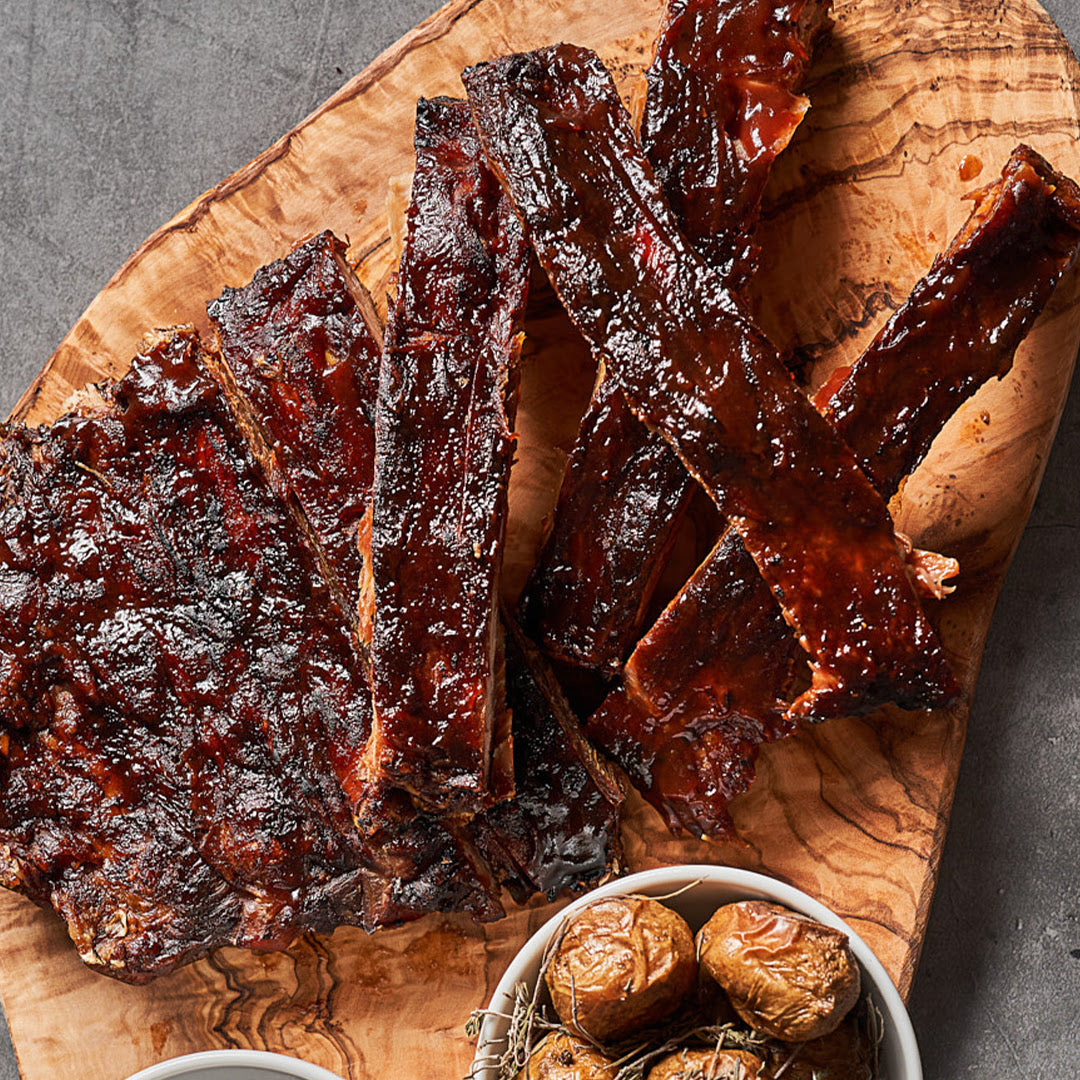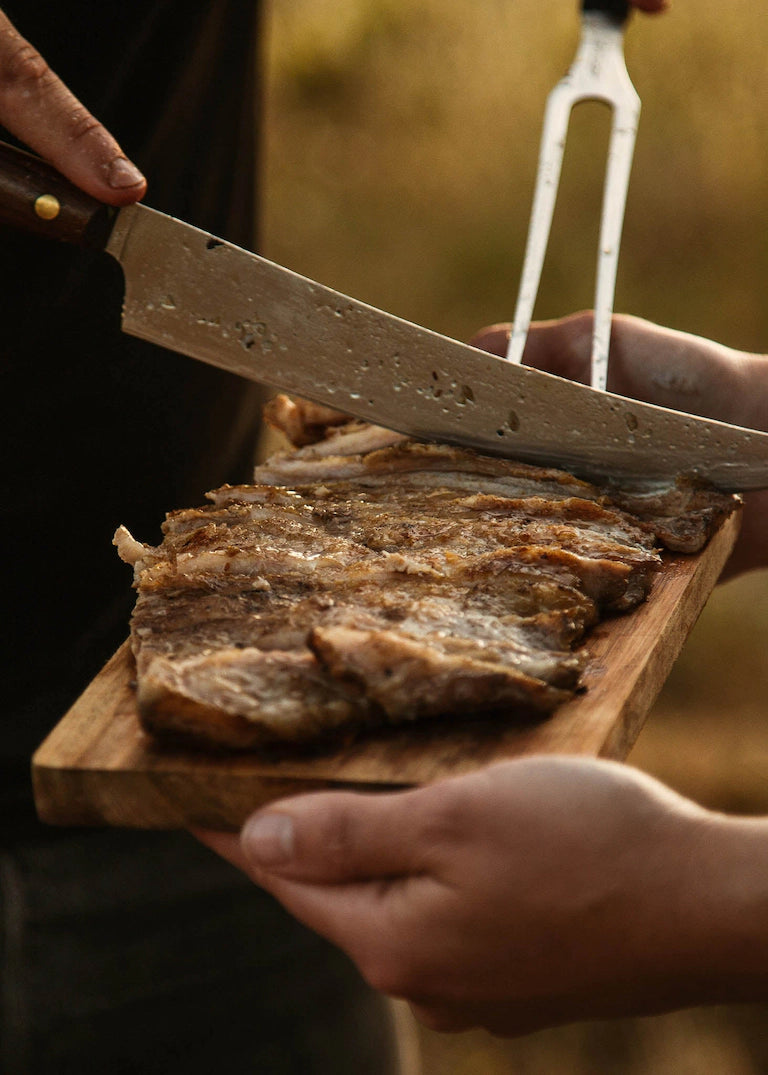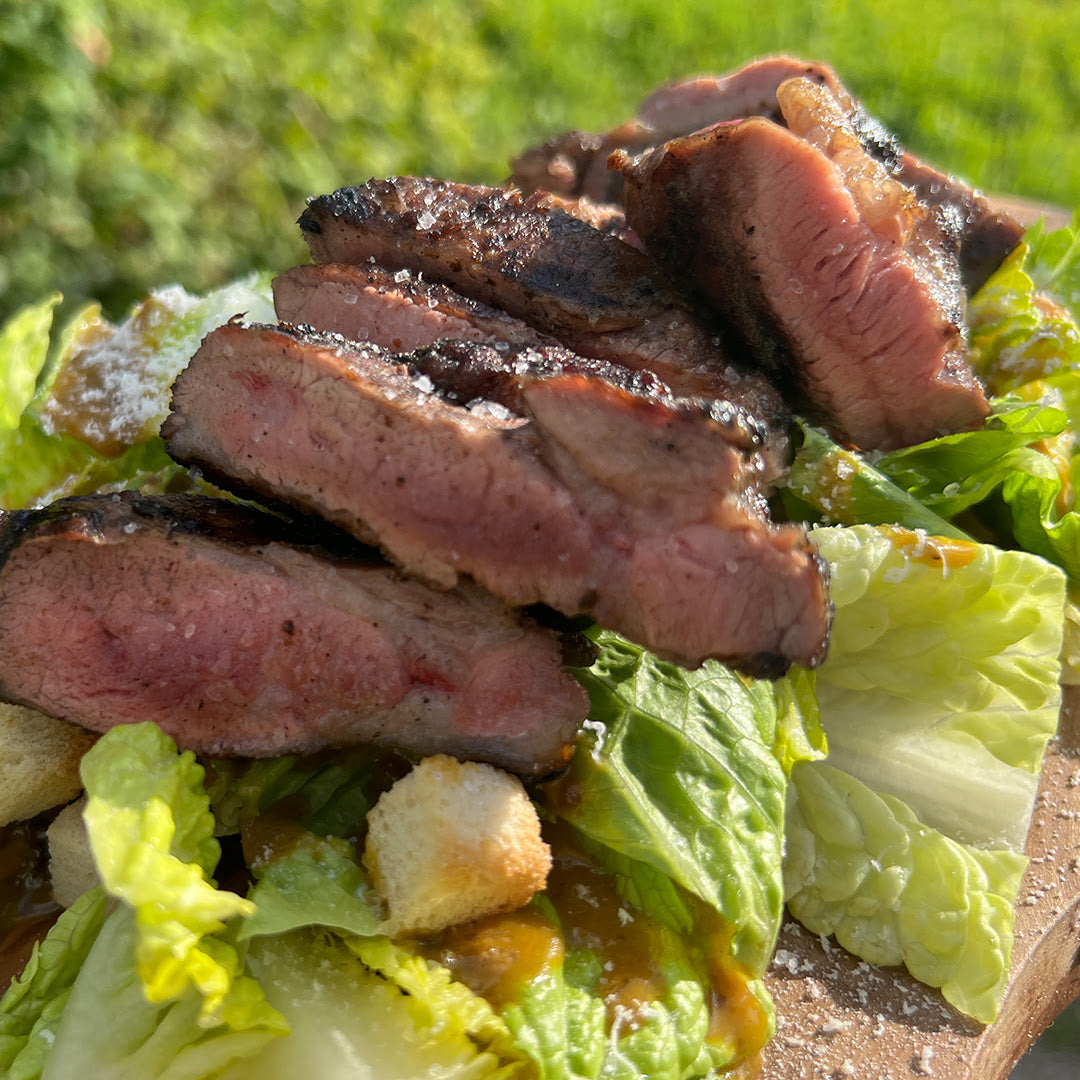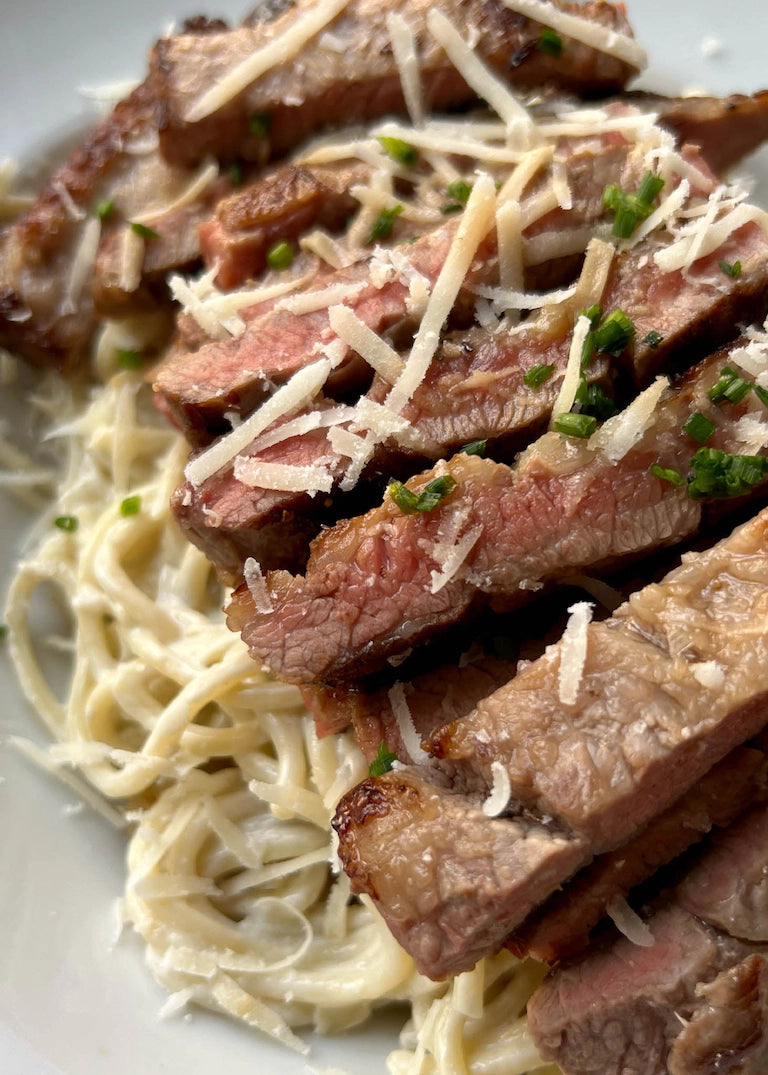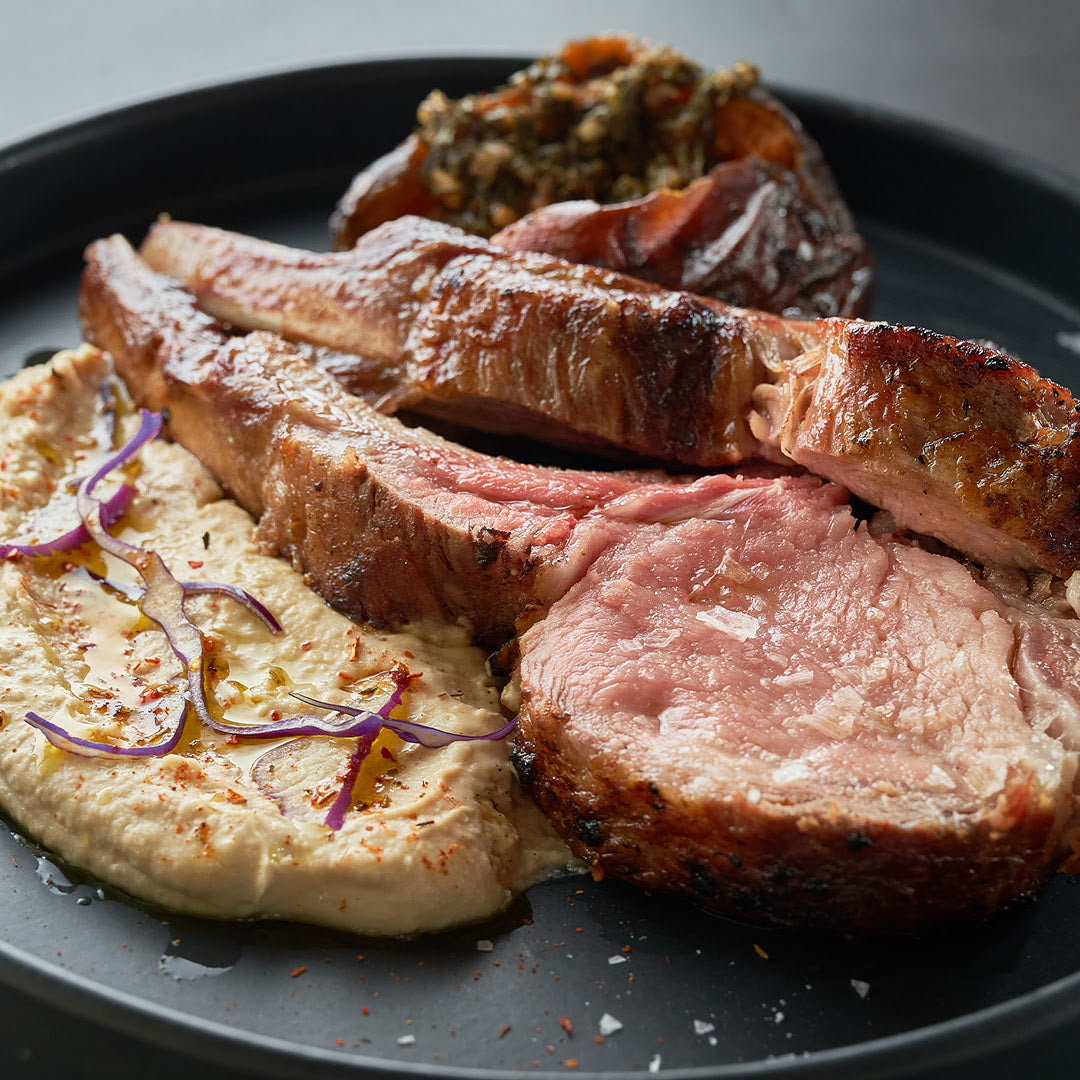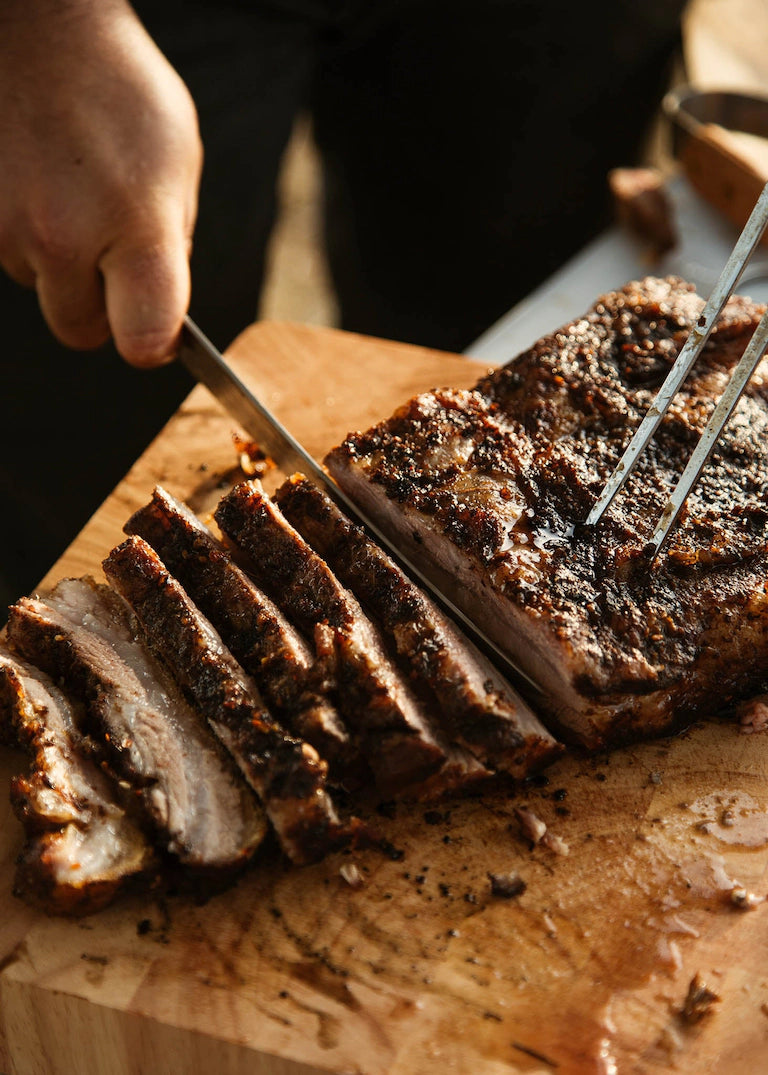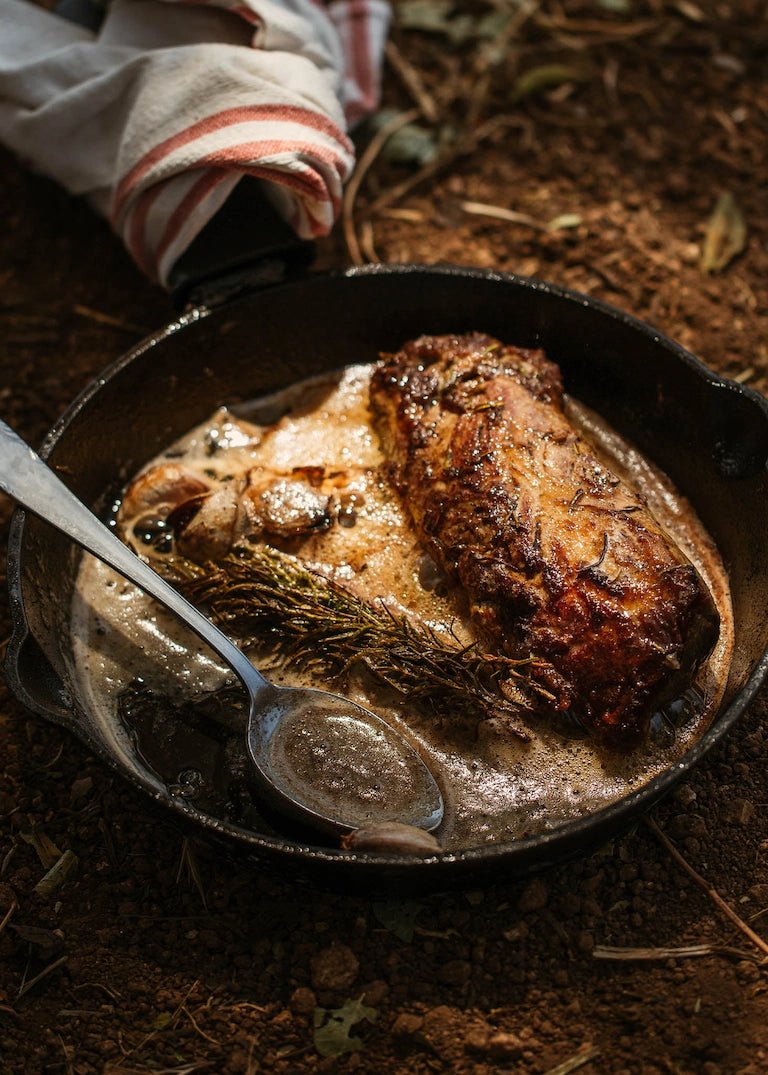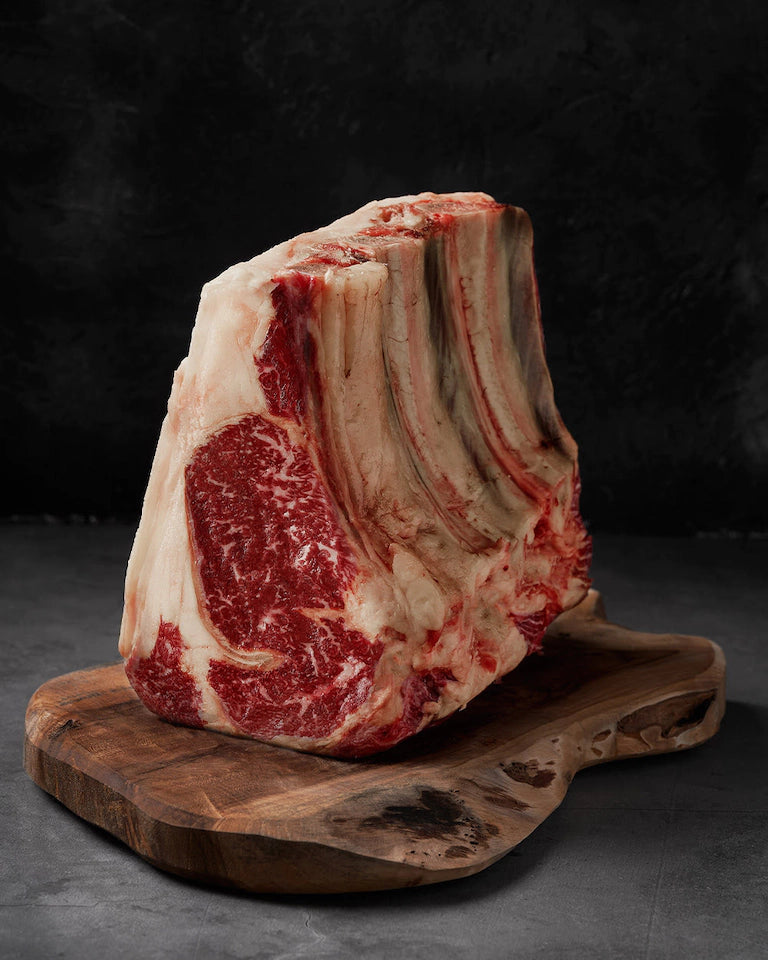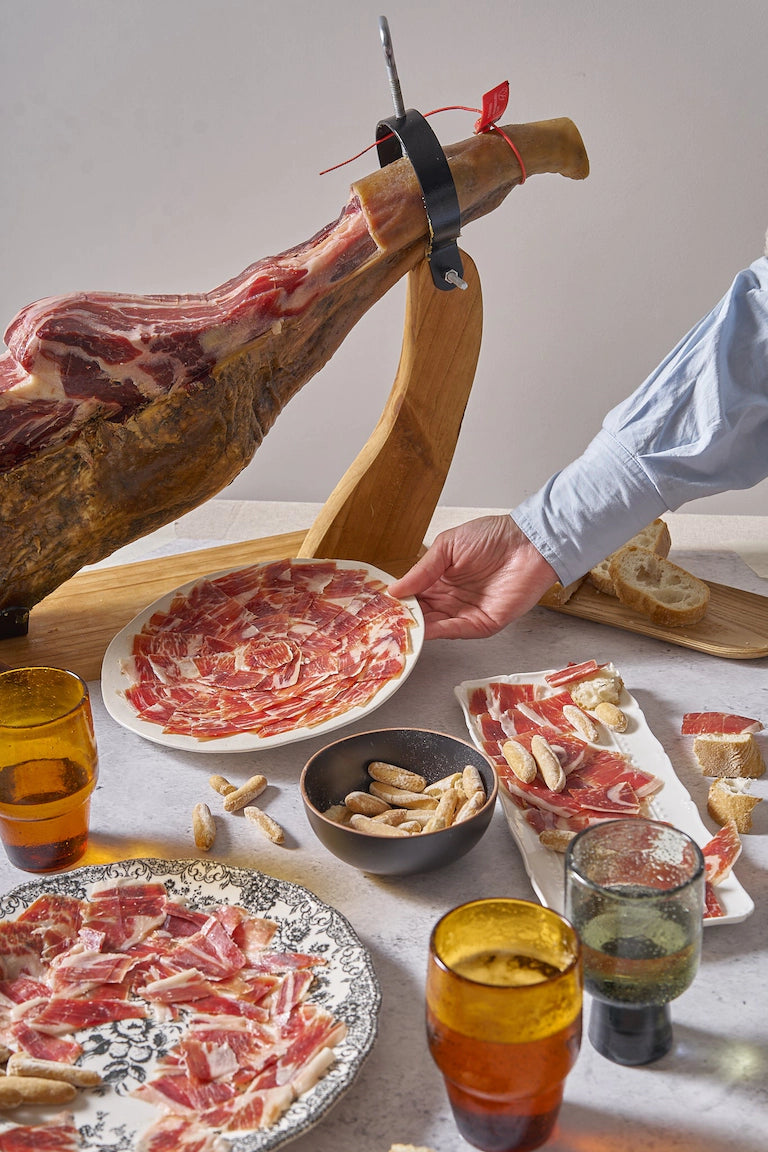
When it comes to pork, Iberico is the cream of the crop. The Spanish Iberian pig is one of nobility, coming from a long line of Spanish pig farmers who spent centuries harnessing their strategies for raising this incredibly special creature.
The reason it’s so special comes down to the strict guidelines on how they’re raised. These pigs spend their entire lives free range in a forest with a heavy density of acorn trees. Their diets consist of mostly acorns, wild plants, and mushrooms. The large amount of room they have to grow in and the quantity of exercise they do gives the pork a delicious and incredible marbling, the intramuscular fat - which is the quality that makes it the most luxurious and expensive pork in the world.
While it’s the job of the artisan butcher to know how to cut these special carcasses, it’s up to the buyer to know what type of cut they need. Not every type of cut works for every recipe, so it’s up to you to know which works best in what recipes or cooking styles you are using.
Carrillera (cheeks)
The carrillera is the cut of meat taken from the Iberico pig’s cheek.
The pigs use this muscle often, even more so with the tough acorns in their diet. This makes the cut incredibly tough, setting this cut up for use in slow-braising or roasting over long hours for a more tender experience.
Papada (jowl)
The jowls are located on the neck of the pig, directly under its face and jaw. It’s one of the most juicy and tender cuts on the pig, even more so than pork belly.
It has a similar structure to bacon, meaning it’s made up of layers of skin, meat, and fat that seeps into the muscle. That marbling of fat brings out all the exquisite flavors of the cut.
Cabecero (shoulder collar)
This is a lean cut taken from the lower neck, where the loin meets the over-shoulder cut - also known as presa. This cut has gorgeous marbling, but it’s almost never over-fatty. The cabecero has many similarities to the lean loin
Presa (over-shoulder)
While the presa and pluma are different cuts of meat, they’re quite similar in size and appearance. The presa is quite exclusive, hidden between the shoulder and another cut - the cabecero. It’s also known as “pork’s caviar”.
Paleta (shoulder)
This is one you’ll likely know already. The paleta Iberica is one of the country's most beloved dry-cured specialties, it is as highly favored as the world-famous jamon. The paleta comes from the front of the animal, and is therefore smaller than the jamon - because the front legs are shorter than the back in a pig.
Lagarto (rib-loin strip)
“Lagarto” means lizard or alligator. It’s a thin strip of meat along the pig’s spine, placing it somewhat between the spine and the back muscles. This is a thin, lean cut which makes it excellent for stir-fries and grilling as it cooks up fast.
Pluma (lower loin)
Pluma is a cut of pork taken from just above the shoulder blade of the pig. The name means “feather” and it was given such nomenclature due to the appearance of the muscle - they’re long and thin, with pointed ends.
Abanico (rib cover)
The abanico is the layer of meat that covers the outside of the rib cage. It’s a thin piece of meat that looks somewhat trapezoidal in shape, and spreads out like a fan when held in your hand.
Secreto (behind the shoulder)
Because of the unrivaled quality of this cut of meat, legends state that butchers would keep this cut for themselves. It has excellent marbling, incredible flavor, and tenderness unmatched by any other cut of Iberico.
Solomillo (tenderloin)
While this cut isn’t as popular as the jamon and the paleta, the solomillo is still very highly regarded by pork connoisseurs. The tenderloin in a pig does very little work, so it’s incredibly tender and juicy. It’s also the leanest of the bunch.
Costillas (ribs)
While ribs are commonly known even by casual pork fans, these ribs are different. They’re dark and meaty, and somewhat resemble beef in appearance.
Panceta/Tocino (bacon)
This cut covers the entire pig with an insulating layer of fat. It can show up in quite a wide variety of different cuts as well as this cut - strips from the pork belly. This can be added to stews and broths for added flavor intensity.
Lomo (loin)
The loin is the cut of pork that runs along the spine of the animal. The difference between a pork loin and a tenderloin is the size of the cut.
